October 29, 2025
Data Shows Endangered Palau Ground Doves Swiftly Recovering After Successful Palauan Island Conservation Effort
Astounding evidence of recovery on Ulong Island in Palau after just one year!
Published on
March 23, 2021
Written by
jade
Photo credit
jade

Five hundred and fifty kilometers off the western coast of Central America, Cocos Island in Costa Rica is home to a variety of unique plants and animals. A UNESCO World Heritage Site and Wetland of International Importance, Cocos Islands’ extreme isolation has inspired the evolution of numerous endemic species, meaning species that are found nowhere else in the world, including the Wendilgarda galapagensis spider.
Confined to Cocos, this endemic spider can craft three kinds of webs depending on its location. Typically, spiders only craft one type of web. The Wendilgarda galapagensis spider can craft an “aerial web” in the canopies, a “land” web close to the ground, and even a “water” web over pools of water.
Inspired by this unique behavior, Darko Cotoras at the California Academy of Sciences in San Francisco wondered if the spider is undergoing speciation—splitting into three distinct species. After conducting genomic analyses on 142 of the spiders, Darko and his colleagues found that the spiders all belonged to one species, providing evidence that this singular species had developed three separate methods for spinning webs.
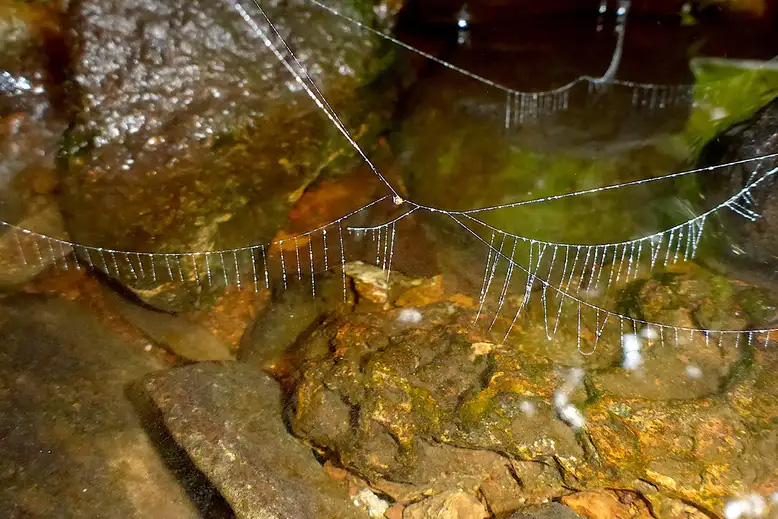
The next question was whether or not the Wendilgarda galapagensis spider had preferences or control over what types of webs to craft. To test this, researchers marked and relocated some of the spiders, to see if they would adapt their web-spinning behavior. The spiders easily adapted and spun the web pattern appropriate for their new location, but, also preferred their previous microhabitats and subsequent web type whether it was aerial or above water. Researchers noticed this after the spiders crawled back to their previously occupied microhabitats.
This level of individual differentiation in terms of architecture, construction behavior and microhabitat is unparalleled compared with other spiders,” says Cotoras.
Cotoras believes that this spider’s unique survival techniques and flexibility are the product of a long history of living in a small and isolated region.
It seems they adapt their behavior to perform multiple roles, sort of like people do when they live in a small town as opposed to a big city,” says Cotoras.
The Wendilgarda galapagensis spider, is just one example of hundreds of unique species native to Cocos Island. Numerous species of birds, reptiles, fish, and sharks are found nowhere else in Costa Rica or the world.
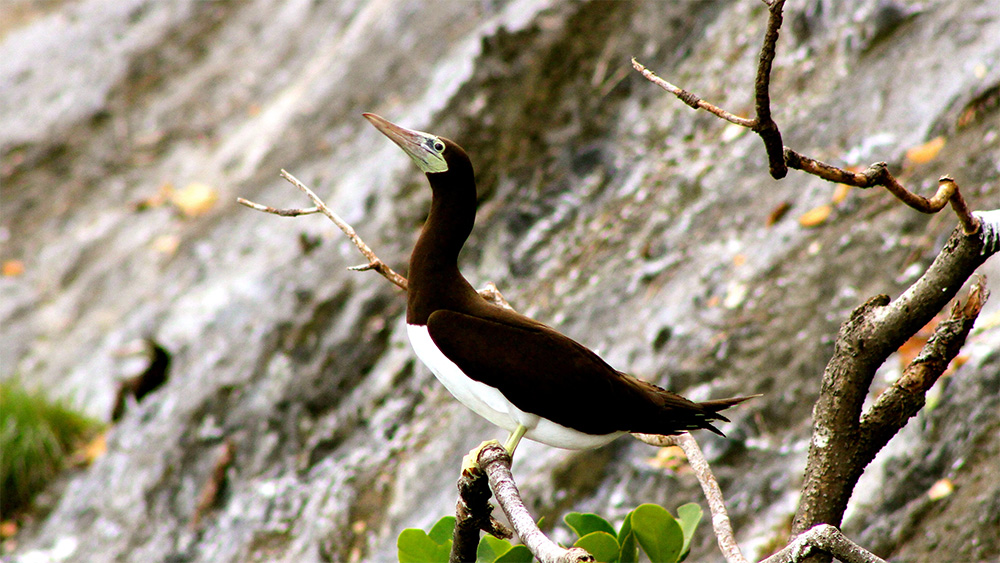
Unfortunately, the intentional and accidental introduction of invasive species to the Cocos has thrown the terrestrial and marine ecosystem out of balance, jeopardizing many native and endemic animals’ survival. The removal of invasive mammals is a critical step for protecting the Cocos’ wildlife and ecosystems.
Costa Rica’s Ministry of Environment and Energy, Costa Rica Forever, and Island Conservation hope to remove invasive mammals to support the recovery of the native forest and secure a future for threatened, endemic wildlife from birds to spiders.
Source: New Scientist
Featured photo: Coastline of Isla del Cocos. Credit: Island Conservation
Check out other journal entries we think you might be interested in.

October 29, 2025
Astounding evidence of recovery on Ulong Island in Palau after just one year!
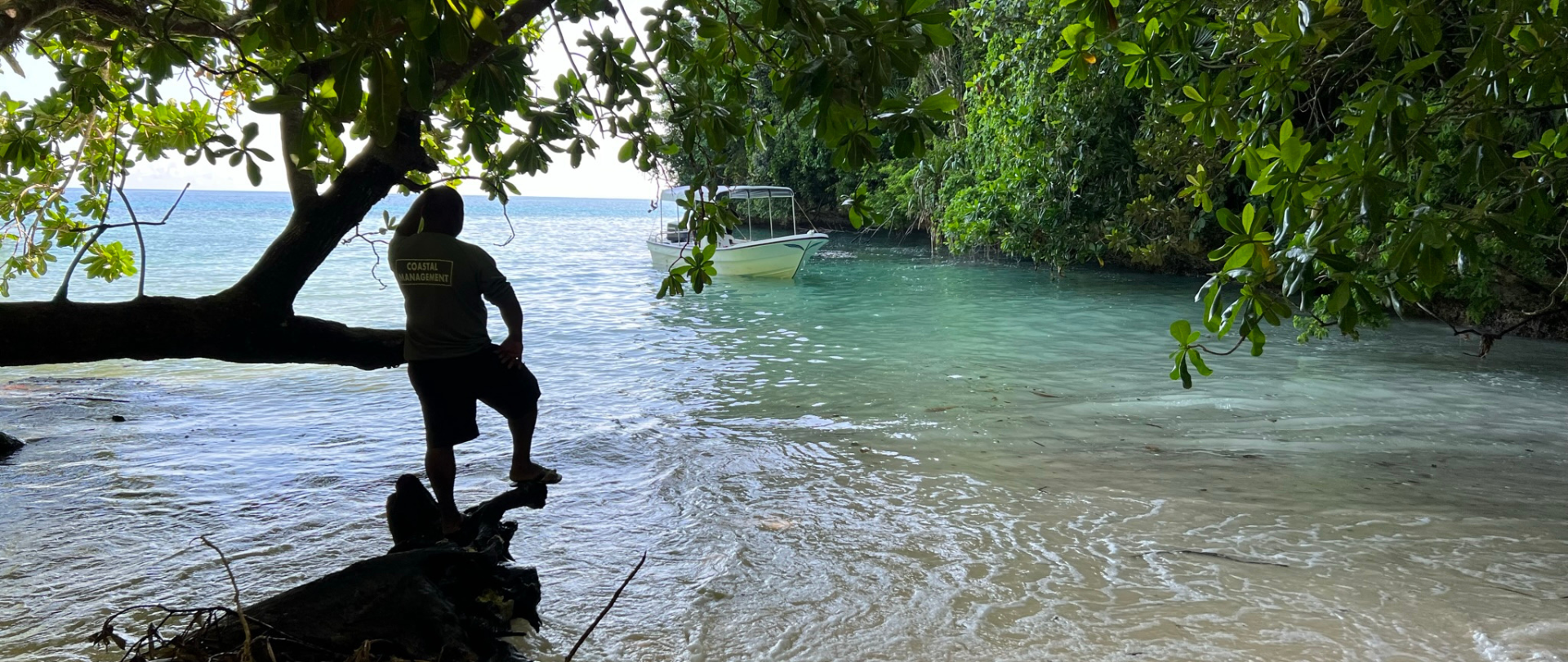
May 19, 2025
Read our position paper on The 3rd United Nations Ocean Conference (UNOC 3) to see why we're attending and what we aim to accomplish!
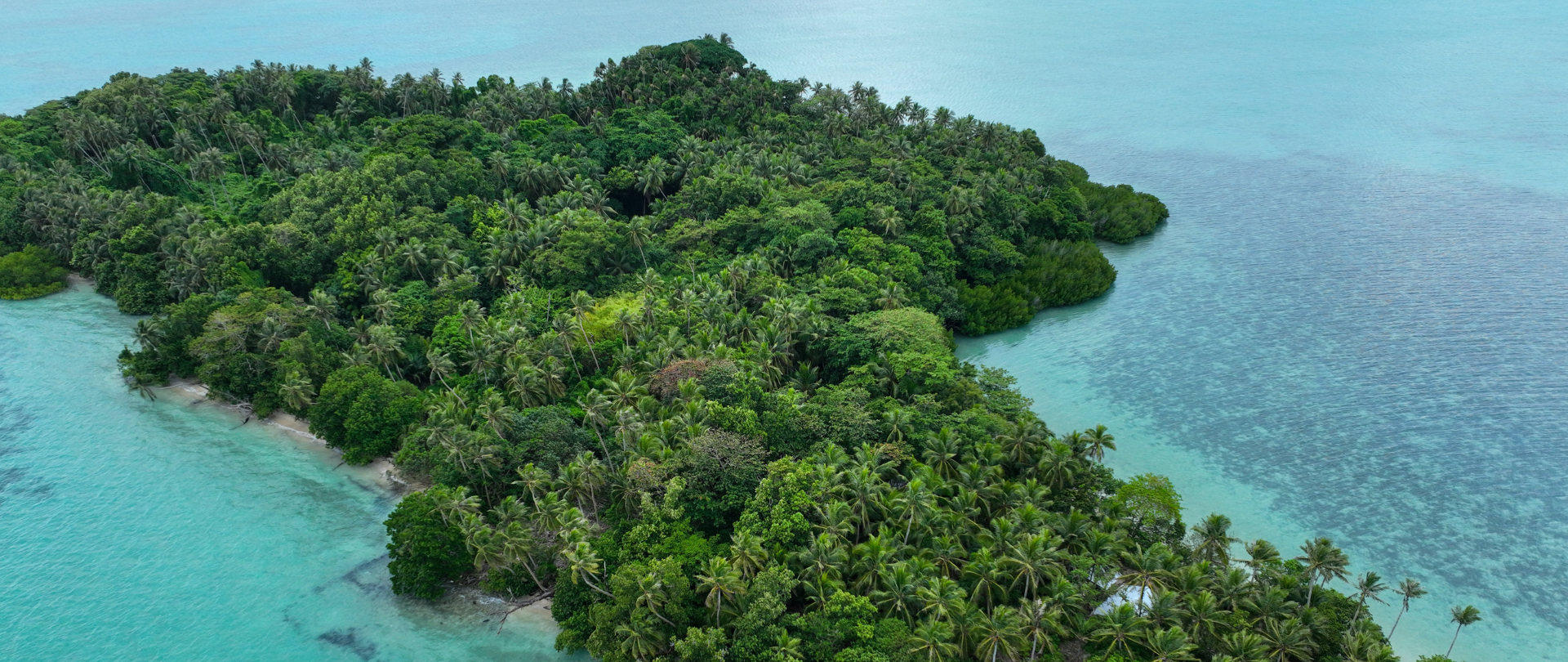
December 4, 2024
Ann Singeo, founder of our partner organization the Ebiil Society, shares her vision for a thriving Palau and a flourishing world of indigenous science!
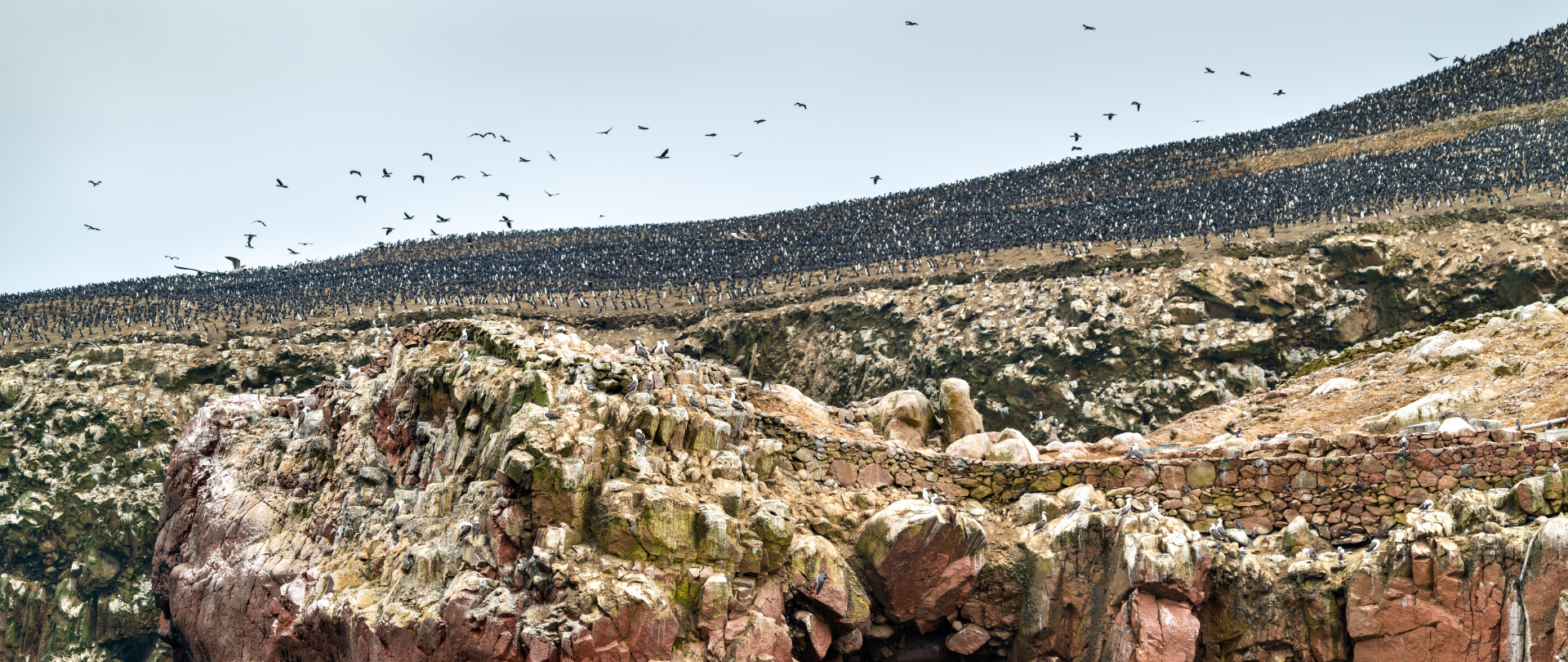
November 22, 2024
This historic agreement aims to protect the marine and coastal areas of the Southeast Pacific.
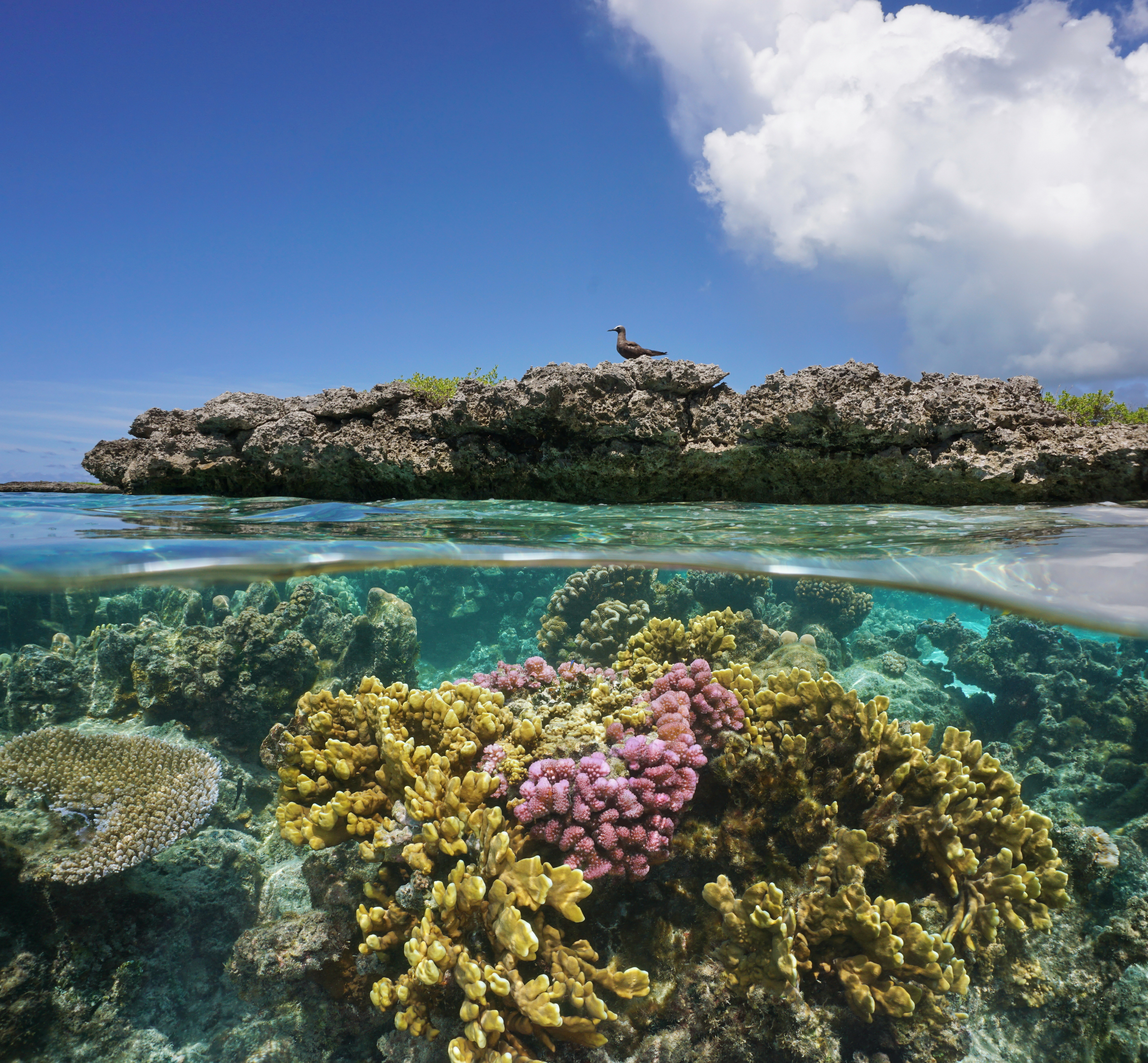
November 18, 2024
Our projects to restore key islets in Nukufetau Atoll forecast climate resilience and community benefits in Tuvalu!
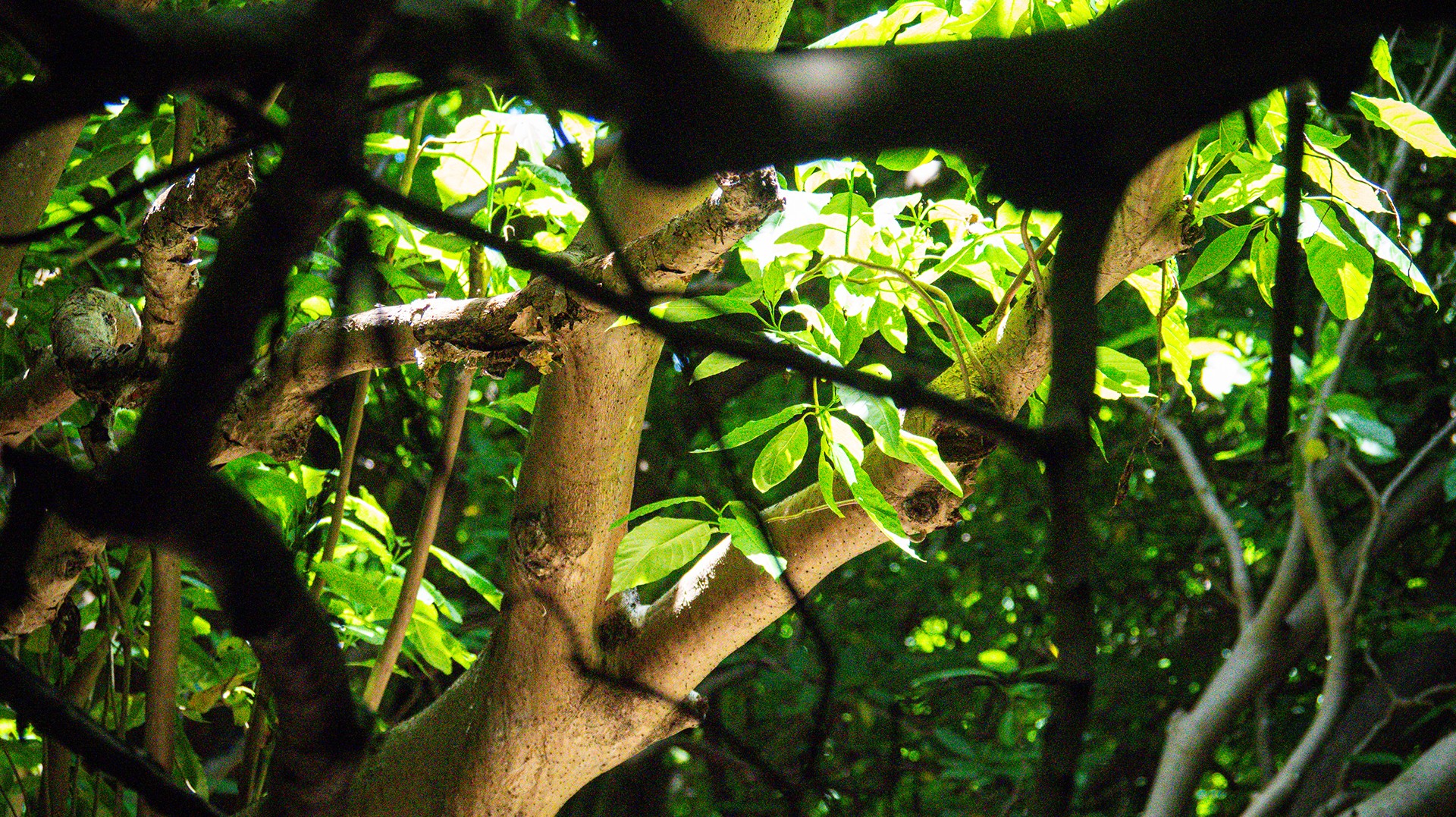
October 3, 2024
Island Conservation and partners have published a new paper quantifying ecosystem resilience on restored islands!
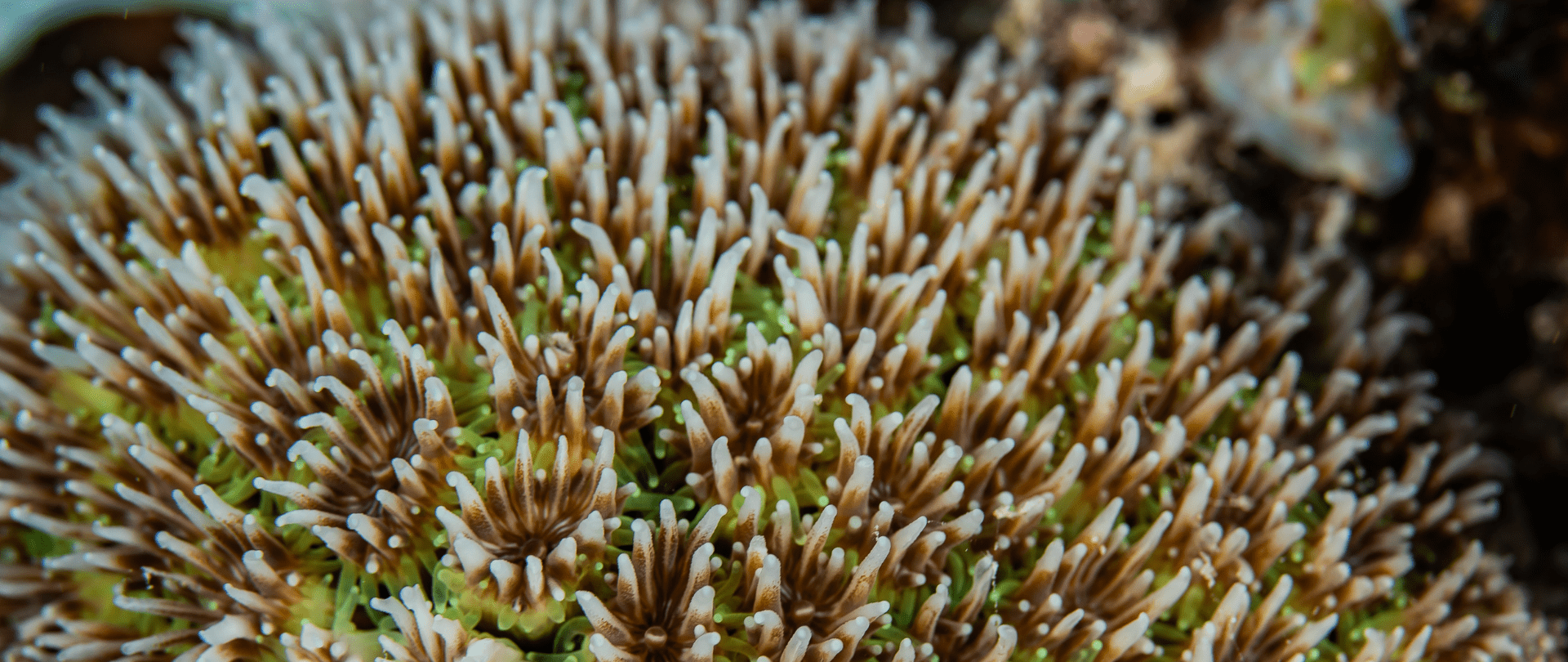
September 10, 2024
Climate Week NYC: what is it and why is it important? Read on to find out why Island Conservation is attending this amazing event!
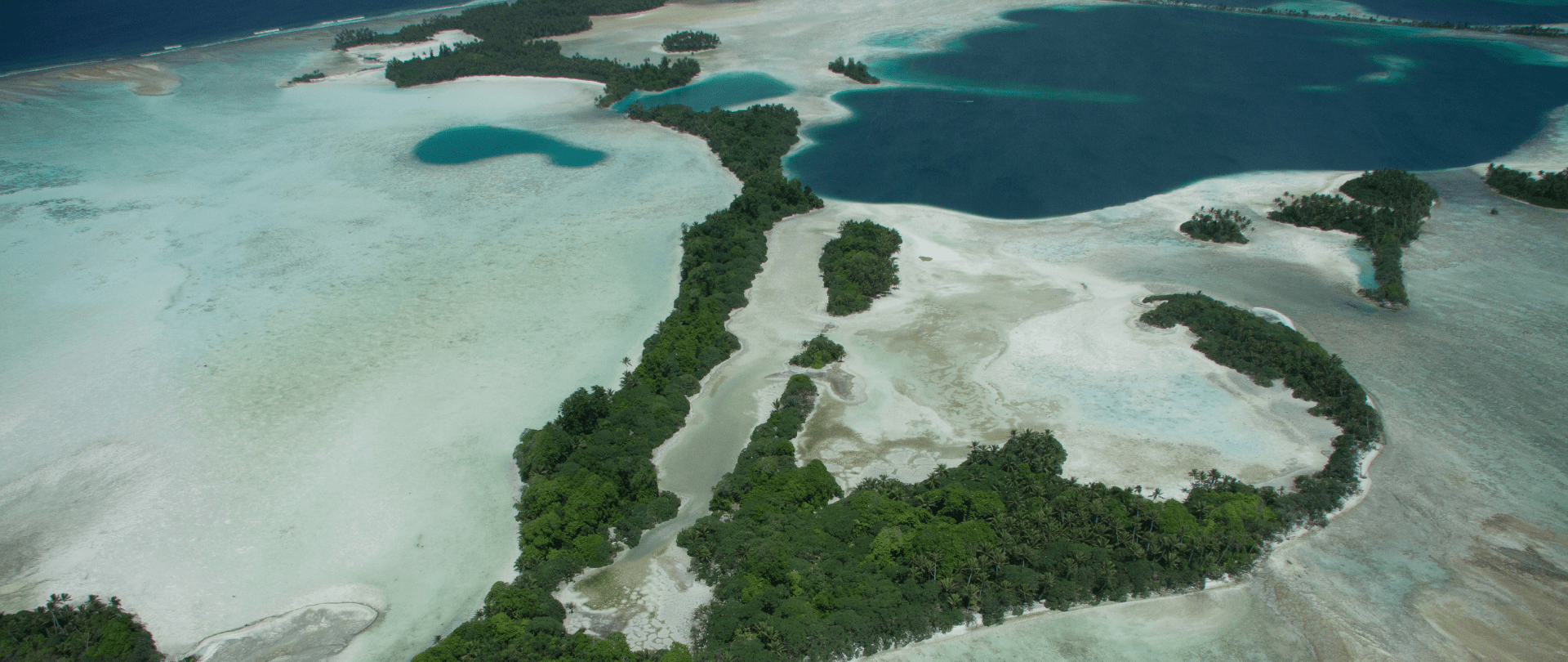
September 5, 2024
With sea levels on the rise, how are the coastlines of islands transforming? Read on to find out how dynamic islands really are!
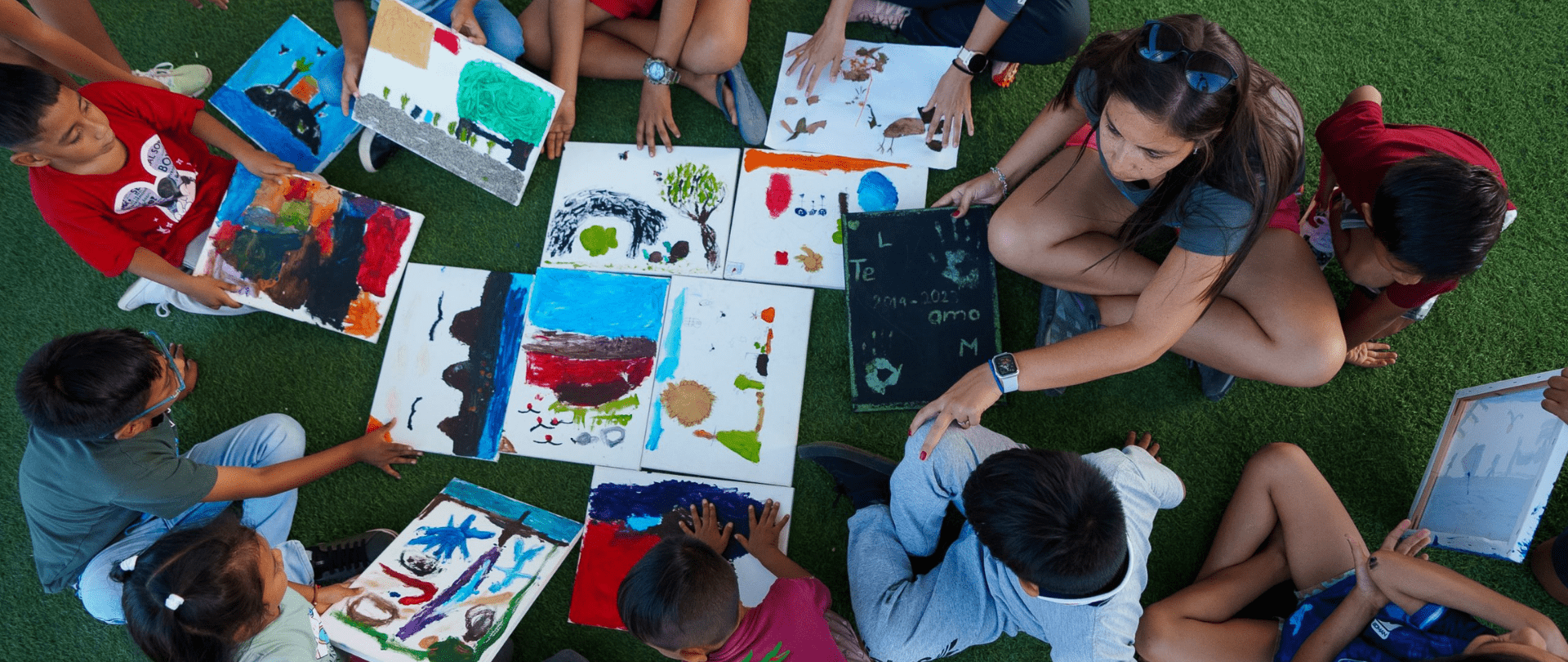
December 14, 2023
Join us in celebrating the most amazing sights from around the world by checking out these fantastic conservation photos!
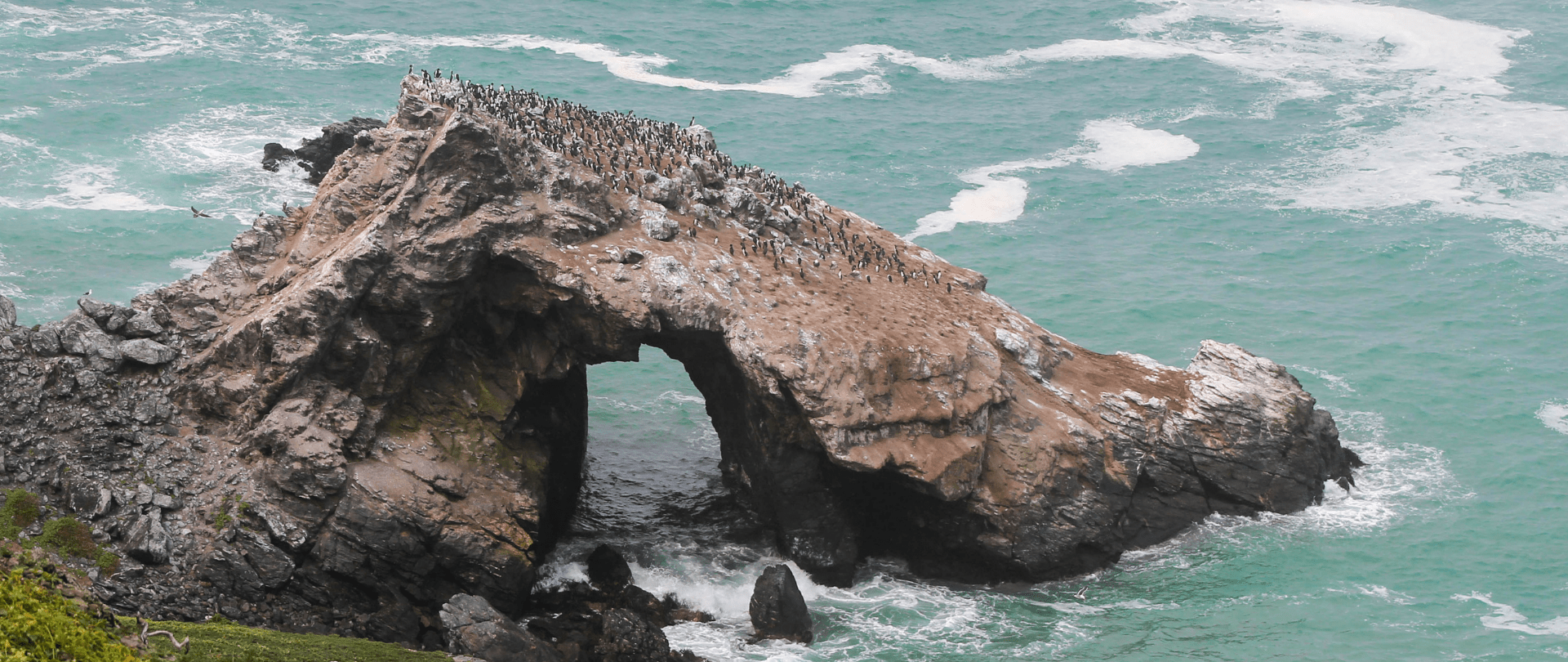
November 28, 2023
Rare will support the effort to restore island-ocean ecosystems by engaging the Coastal 500 network of local leaders in safeguarding biodiversity (Arlington, VA, USA) Today, international conservation organization Rare announced it has joined the Island-Ocean Connection Challenge (IOCC), a global effort to…